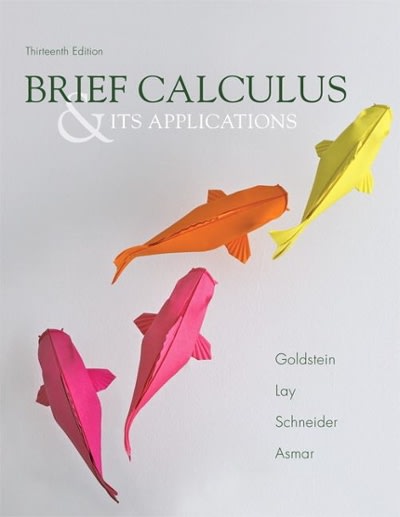Question
(a) Determine the null and alternativehypotheses, (b) explain what it would mean to make a type Ierror, and(c) explain what it would mean to make
(a) Determine the null and alternativehypotheses, (b) explain what it would mean to make a type Ierror, and(c) explain what it would mean to make a type II error.
Six yearsago, 11.5% of registered births were to teenage mothers. A sociologist believes that the percentage has decreased since then.
(a) Which of the following is the hypothesis test to beconducted?
A.
H0: p=0.115, H1: p>0.115
B.
H0: p=0.115, H1: p0.115
C.
H0: p=0.115, H1: p<0.115
(b) Which of the following is a type Ierror?
A.
The sociologist fails to reject the hypothesis that the percentage of births to teenage mothers is 11.5%, when the true percentage is less than 11.5%.
B.
The sociologist rejects the hypothesis that the percentage of births to teenage mothers is 11.5%, when the true percentage is less than 11.5%.
C.
The sociologist rejects the hypothesis that the percentage of births to teenage mothers is 11.5%, when it is the true percentage.
(c) Which of the following is a type IIerror?
A.
The sociologist rejects the hypothesis that the percentage of births to teenage mothers is 11.5%, when it is the true percentage.
B.
The sociologist fails to reject the hypothesis that the percentage of births to teenage mothers is 11.5%, when it is the true percentage.
C.
The sociologist fails to reject the hypothesis that the percentage of births to teenage mothers is 11.5%, when the true percentage is less than 11.5%
Step by Step Solution
There are 3 Steps involved in it
Step: 1

Get Instant Access to Expert-Tailored Solutions
See step-by-step solutions with expert insights and AI powered tools for academic success
Step: 2

Step: 3

Ace Your Homework with AI
Get the answers you need in no time with our AI-driven, step-by-step assistance
Get Started


